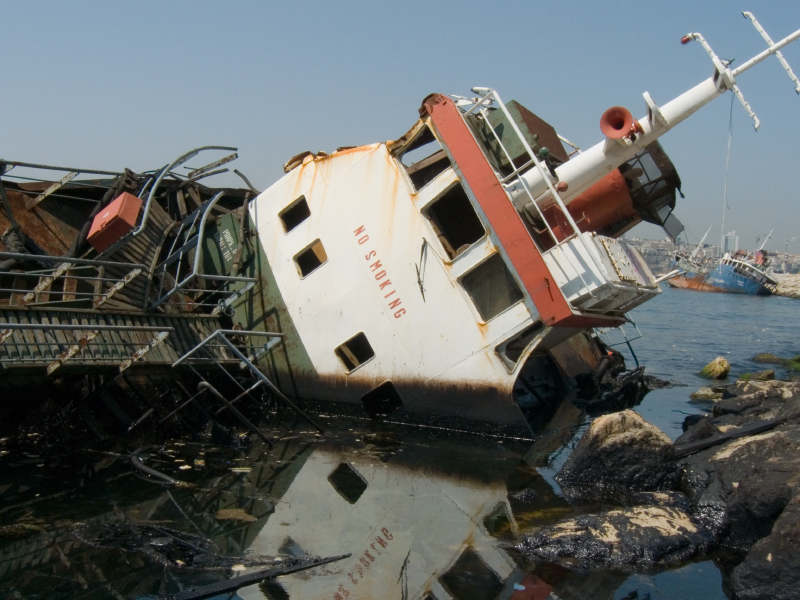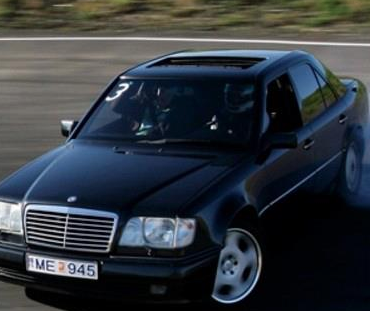Alcohol and oil. Most of us understand the challenge of mixing these ingredients. However, this story reminds me to never underestimate the human capacity for defying the odds.
In the early morning hours of March 24th 1989, the EXXON VALDEZ grounded on Bligh Reef in Prince William Sound, Alaska and spilled approximately 258,000 barrels of crude oil, causing an environmental disaster. Some 10 ½ hours after the collision, blood and urine samples were collected from the shipmaster of the tanker and the result of the alcohol analyses were 0.06 g/100mL and 0.09 g/100mL respectively (WOA61106). A comparison of the BAC and UAC indicated that the master was on the declining phase of the BAC curve (WOA10409). Using the typical range of rates of elimination for men of between 0.010 and 0.030 g/100mL/h (WOA10407), a retrograde extrapolation or backcalculation of BAC would indicate that the shipmaster had a BAC of between approximately 0.165 and 0.375 g/100mL at the time of the wreck.
As the shipmaster had been treated for alcohol problems and had been arrested in 1985 and 1988 for motor vehicle offences involving alcohol (his BrAC for the second offense was 0.190 g/100mL), it would be expected that he would have a high rate of elimination of alcohol and his estimated BAC would thus be in the higher range.
But, for further verification of this fact, authorities investigating the EXXON VALDEZ turned to speech. Interestingly, alcohol intoxication has been associated with a slower rate of speaking. Under analysis, the authorities found that the radio transmissions of the shipmaster before and after the collision of the EXXON VALDEZ were as follows (WOA61106):
The Safety Board, after their hearing, concluded that the shipmaster of the EXXON VALDEZ was impaired by alcohol at the time the ship grounded and that impairment of his judgment, due to alcohol, caused him to leave the bridge at a critical time.
There have been numerous simulator studies showing the impairing effect of alcohol on ship operators, even at BACs in the range of 0.038 to 0.059 g/100mL (WOA61101-61105). One study concluded (WOA61103):
None of the participants were capable to operate the simulated ship with an adequate safety after ingestion of alcohol. The observed impairment in the analysis of situations, in foresight, concentration, navigation, risk disposition and accurateness is not compatible with an adequate safety for men, property and environment in water traffic.
Alcohol still poses a problem in maritime shipping and one study of ship operators in Korea between 2000 and 2003 showed that approximately 0.3 to 0.5% had a BrAC > 0.08 g/100mL (WOA61104). An even greater tragedy, however, occurs once the crude oil from the tankers has been processed into gasoline as drinking drivers, not drinking shipmasters, cause thousands of deaths annually.





